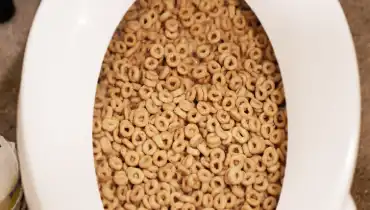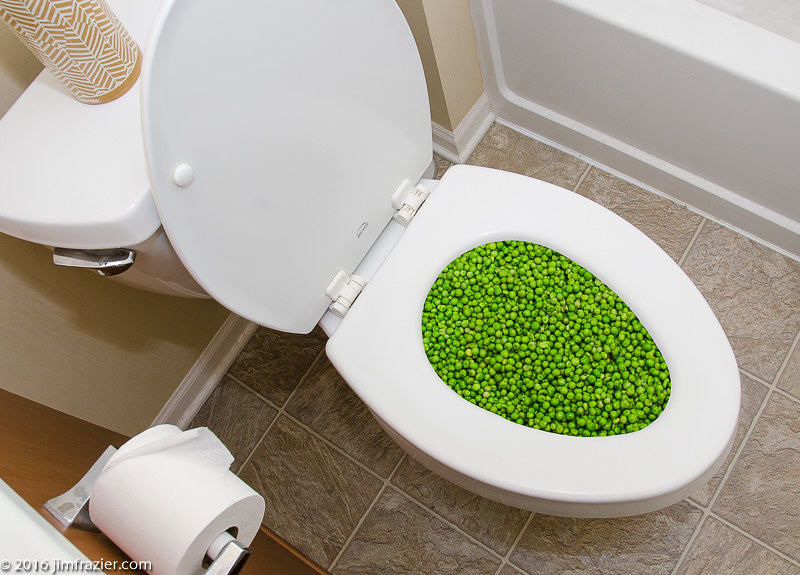Can One to Flush Food in the Toilet?
Can One to Flush Food in the Toilet?
Blog Article
How do you actually feel when it comes to Flushing Food Down the Toilet??

Introduction
Many people are commonly faced with the dilemma of what to do with food waste, particularly when it comes to leftovers or scraps. One common concern that emerges is whether it's alright to purge food down the bathroom. In this write-up, we'll delve into the reasons people could consider flushing food, the consequences of doing so, and different methods for correct disposal.
Reasons why individuals could think about flushing food
Absence of recognition
Some individuals may not recognize the potential injury caused by flushing food down the bathroom. They might erroneously believe that it's a harmless method.
Comfort
Purging food down the commode might seem like a quick and easy option to taking care of unwanted scraps, specifically when there's no neighboring garbage can offered.
Idleness
In some cases, people may simply pick to flush food out of large negligence, without thinking about the repercussions of their actions.
Effects of flushing food down the bathroom
Ecological effect
Food waste that ends up in rivers can contribute to pollution and injury marine ecological communities. Furthermore, the water used to purge food can strain water sources.
Pipes problems
Purging food can result in clogged up pipes and drains pipes, causing expensive pipes repair services and inconveniences.
Types of food that ought to not be purged
Coarse foods
Foods with fibrous structures such as celery or corn husks can obtain entangled in pipelines and trigger clogs.
Starchy foods
Starchy foods like pasta and rice can take in water and swell, leading to obstructions in pipelines.
Oils and fats
Greasy foods like bacon or cooking oils must never ever be flushed down the commode as they can solidify and cause clogs.
Proper disposal approaches for food waste
Using a garbage disposal
For homes outfitted with garbage disposals, food scraps can be ground up and flushed with the pipes system. Nonetheless, not all foods are suitable for disposal in this manner.
Recycling
Specific food packaging materials can be recycled, minimizing waste and reducing ecological influence.
Composting
Composting is an eco-friendly way to deal with food waste. Organic materials can be composted and used to enrich soil for gardening.
The relevance of correct waste administration
Decreasing environmental injury
Appropriate waste management techniques, such as composting and recycling, assistance reduce air pollution and protect natural resources for future generations.
Shielding pipes systems
By avoiding the technique of flushing food down the bathroom, home owners can stop pricey plumbing fixings and preserve the honesty of their plumbing systems.
Final thought
In conclusion, while it might be alluring to flush food down the bathroom for ease, it is essential to recognize the possible consequences of this action. By taking on appropriate waste management practices and getting rid of food waste responsibly, people can add to healthier pipes systems and a cleaner environment for all.
FLUSH FOOD DOWN THE TOILET?
FLUSHING FOOD CAN CAUSE BLOCKED DRAINS IN YOUR HOME
All of the plumbing fixtures in your home are connected to the same sewer pipe outside of your home. This outdoor sewer pipe is responsible for transporting all the wastewater from your home to the Council sewer mains. Even small pieces of food that go down the kitchen sink can cause problems for your sewer. It should therefore be obvious that flushing larger bits of food, such as meat, risks a clog in either the toilet itself or the sewer pipes. Flushing greasy food is even more problematic because oil coagulates when it cools, coating the interior lining of your pipes.
THE TOILET IS NOT A BIN
Food isn’t the only thing that people shouldn’t be flushing down the toilet. People use the toilet to dispose of all kinds of things such as tampons, makeup wipes, dental floss, kitty litter and even underwear. Water goes to great lengths to educate residents about the high costs and stress placed on wastewater treatment systems simply from people flushing the wrong stuff down the toilet. It costs taxpayers millions of dollars each year, and homeowners thousands in blocked drain repairs.
FLUSHING FOOD IS A WASTE OF WATER
Flushing food is a waste of our most precious resource - water. In June this year Level 1 water restrictions were introduced to protect water supply from drought conditions. Much of New South Wales continues to be affected by prolonged drought with recent figures revealing up to 97 per cent of the state remains in drought. Depending on whether you have a single or dual flush toilet, every single flush uses between five and 11 litres of water. In the current climate this is a huge amount of water to be wasting on flushing food that should be placed in the bin (or better yet, the compost).
https://www.jabplumbingsolutions.com.au/blog/can-you-flush-food-down-the-toilet

Hopefully you enjoyed reading our excerpt on . Thanks so much for taking a few minutes to read our short article. For those who enjoyed reading our blog post if you please don't forget to share it. I value your readership.
Set An Appointment Report this page